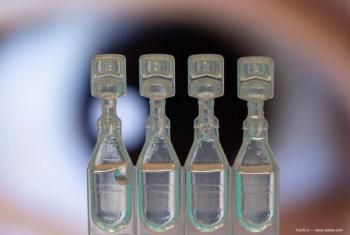
New LED phototherapy device for skin rejuvenation
Ablative skin rejuvenation procedures often are associated with prolonged healing, and can cause scarring, prolonged erythema, and hyperpigmentation.
Key Points
Some non-ablative procedures such as those using the Q-switched Nd:YAG, long-pulsed ND:YAG, and ER:glass lasers utilize heat energy to cause controlled thermal injury to the dermis. Light-emitting diode (LED) phototherapy is a non-thermal and atraumatic treatment stimulating fibroblast proliferation, collagen synthesis, growth factors, and extracellular matrix production through photo-biomodulation. Previous reports in the medical literature have suggested that LED phototherapy may be beneficial for improving skin tone and facial rhytids, preventing radiation-induced dermatitis, reducing inflammatory lesions in patients with mild-to-severe acne, and enhancing wound healing following ablative skin resurfacing.
A 19-year-old girl was involved in a motor vehicle accident and sustained lacerations to the upper lip and ankle. Twelve months after her injury, she continued to have raised hyperpigmented scars that had been refractory to topical and intralesional corticosteroid injections. After undergoing eight weekly treatments with the combined red/infrared LED phototherapy, moderate flattening and fading of the scars was noted.
Patient 2
Newsletter
Don’t miss out—get Ophthalmology Times updates on the latest clinical advancements and expert interviews, straight to your inbox.














































.png)


